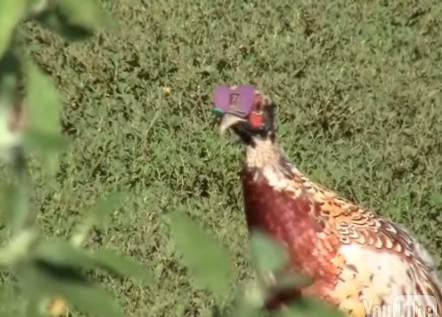10 Ways To Get the Most Out Of Brooder Barns

MacFarlane Pheasants has 9 barns on our Janesville, Wisconsin farm and 2 barns in Milton, Wisconsin. The barns range in size from roughly 4,000 square feet to 15,000 square feet. These barns are obviously an enormous asset and we have to be sure they are cared for accordingly. About 500,000 birds go through the barns each year! Here are 10 ways we work to get the most out of our barns on a daily basis:
- Attentive staff is the #1 priority. They provide the care for our chicks and check for system failures or weak points, continuously.
- Proper washing and disinfecting is necessary to keeping birds healthy.
- Maintaining equipment eliminates emergency situations.
- Keep the correct number of chicks in the barns (4 chicks per square feet at 0-3 weeks and 2 birds per square feet at 3 to 6 or 7 weeks, which is when they move outside).
- Keep feed and water space available and in working order.
- Ventilation systems must be functioning at 100%.
- Brooders ad heaters must be working at 100%.
- Staff is diligent in providing the best care for birds.
- Check out all equipment for bird care every time a barn is entered.
- Communicate with managers and crew member so that all responsible staff are aware of any and all actions taken.
Brian Klein at Brian Klein or Brian Davis at b.davis@pheasant.com can answer your barn questions. Feel free to e-mail them directly and in the meantime enjoy this video of brooder barn construction. You can get a real feel for the enormity of the operation!
Related Posts
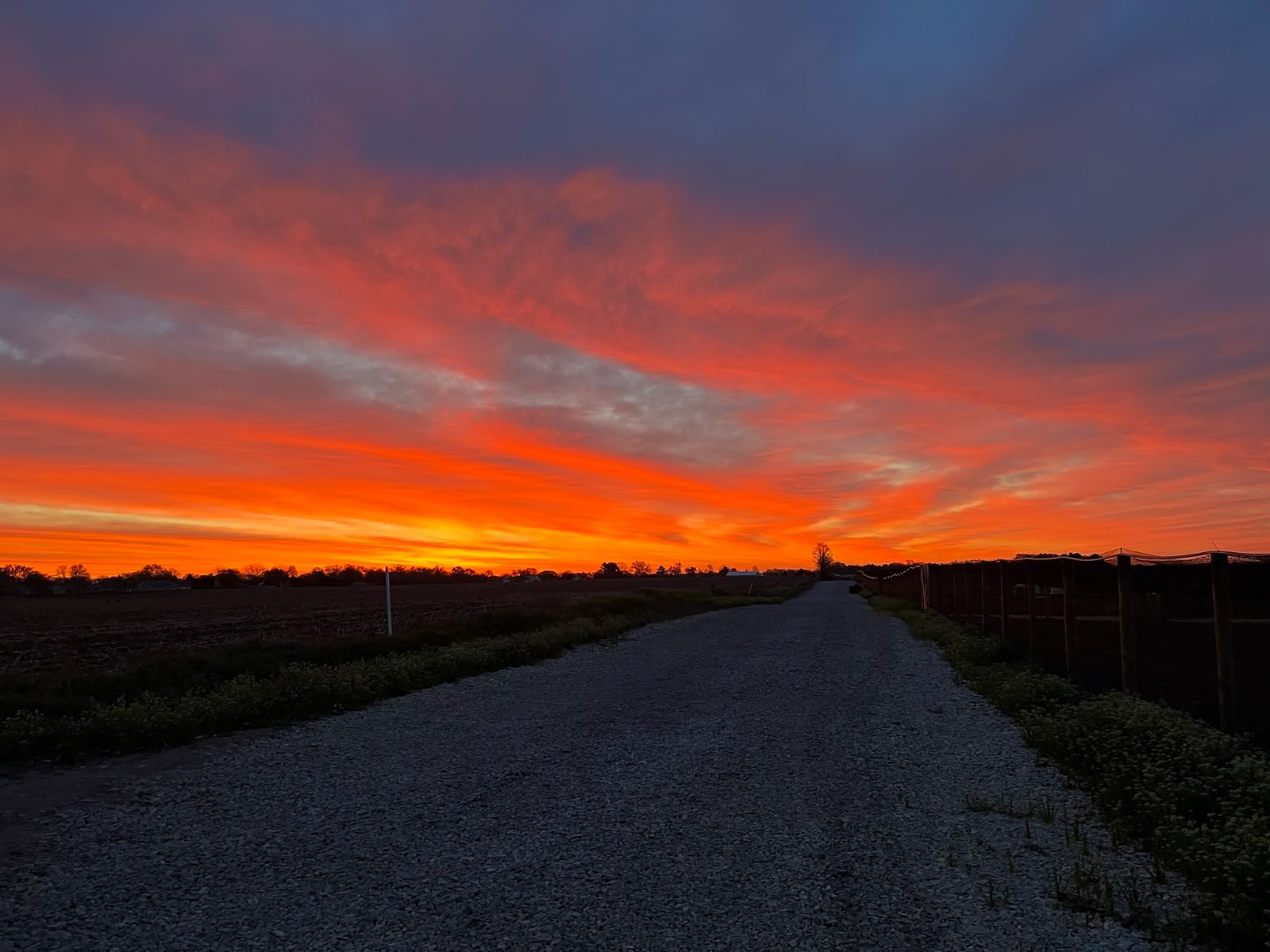
A Journey of Expansion: Jim Clark’s Legacy & Our New 16 Acres of Pheasant Pens
Read Post

Preparing Our Barns & Pens Each Spring
Read Post
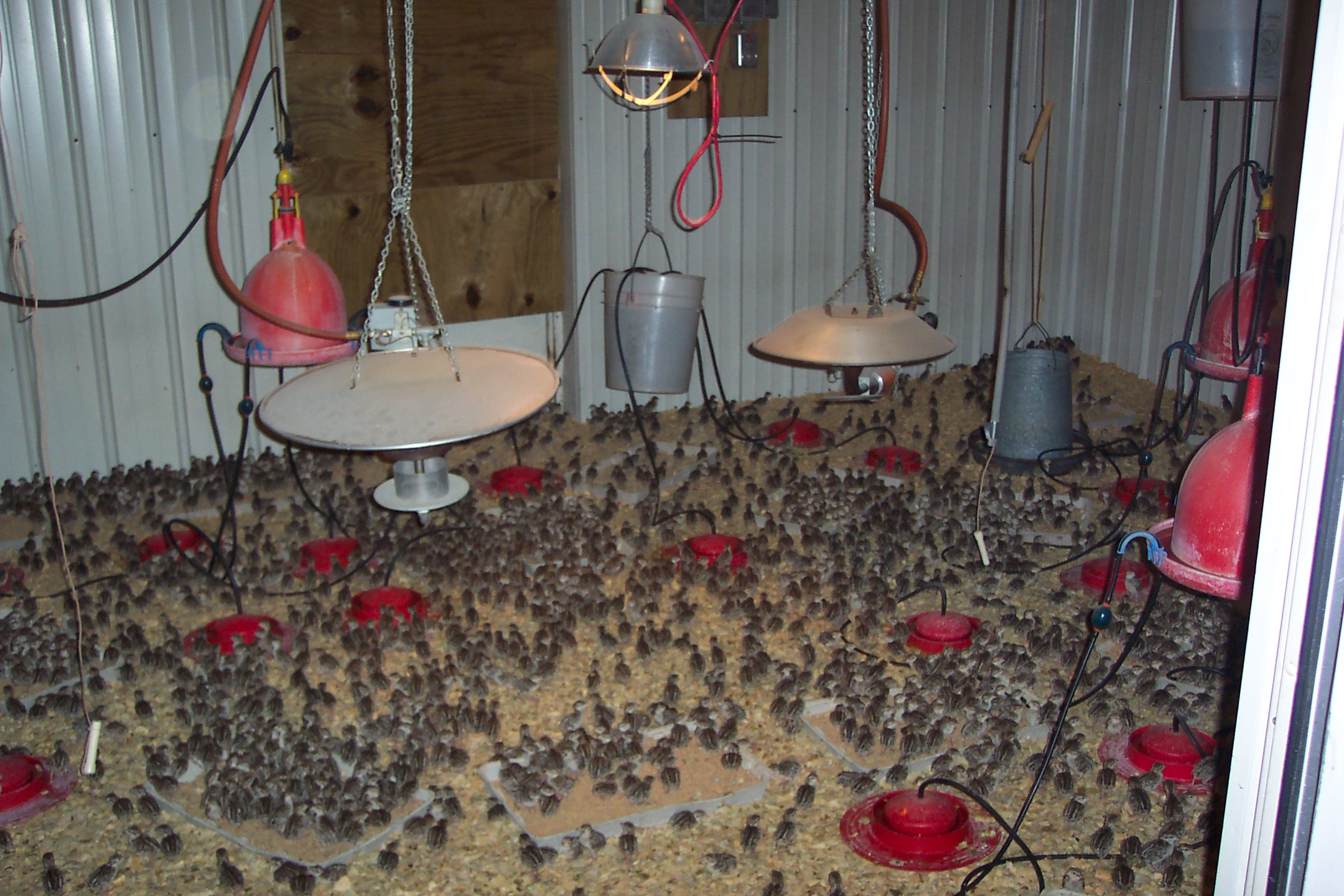
How We Prepare For Brooding Our Chicks
Read Post
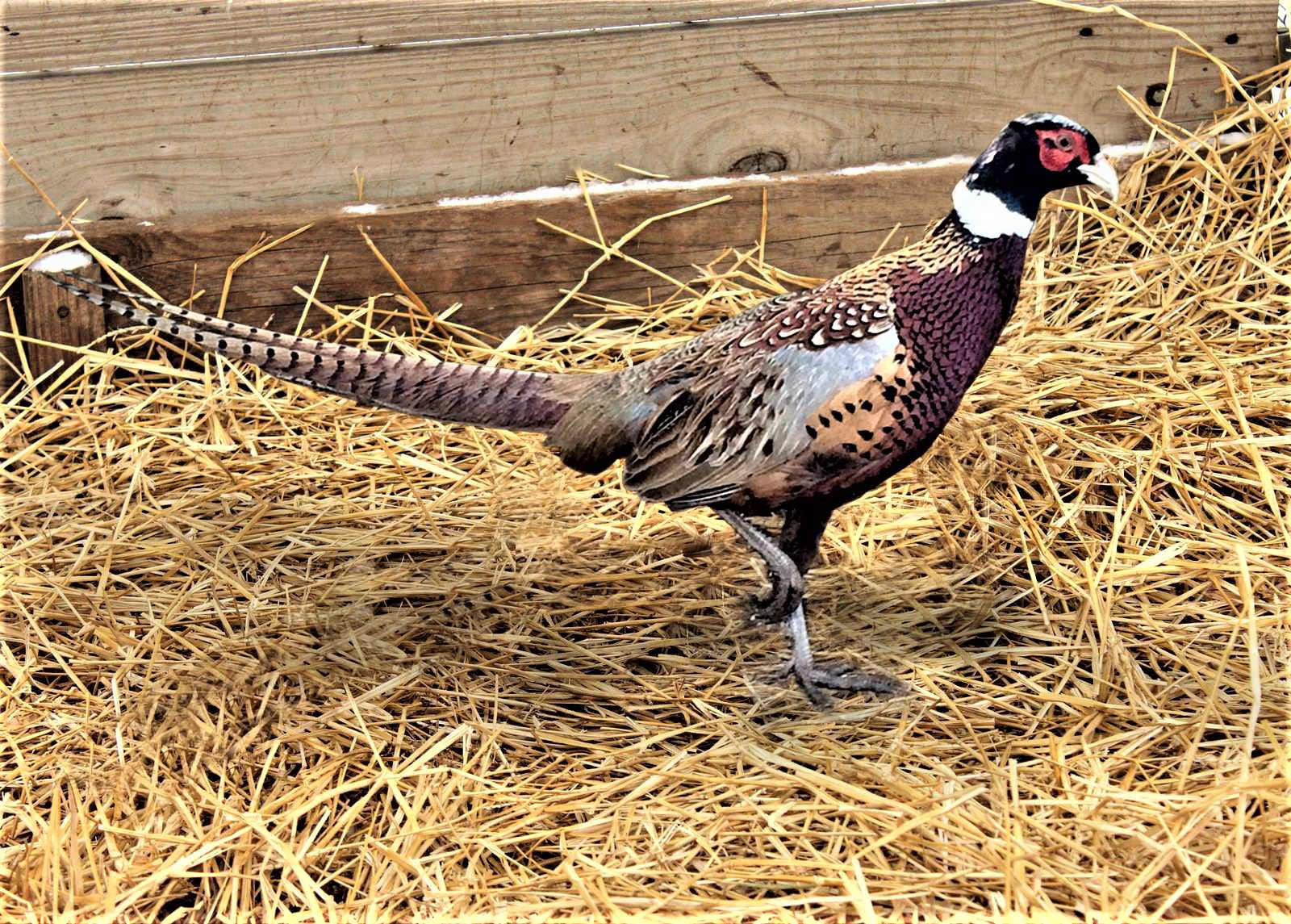
Our Milton Farm in 2024!
Read Post
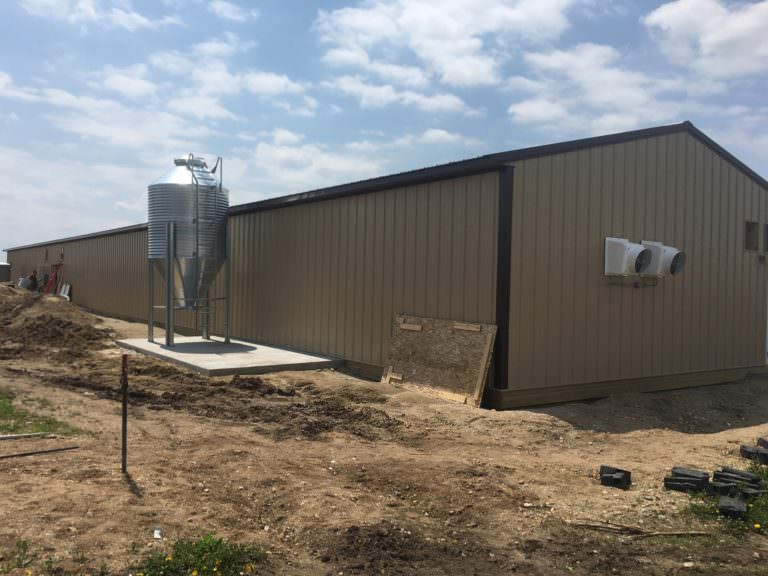
Air Flow in Barns
Read Post
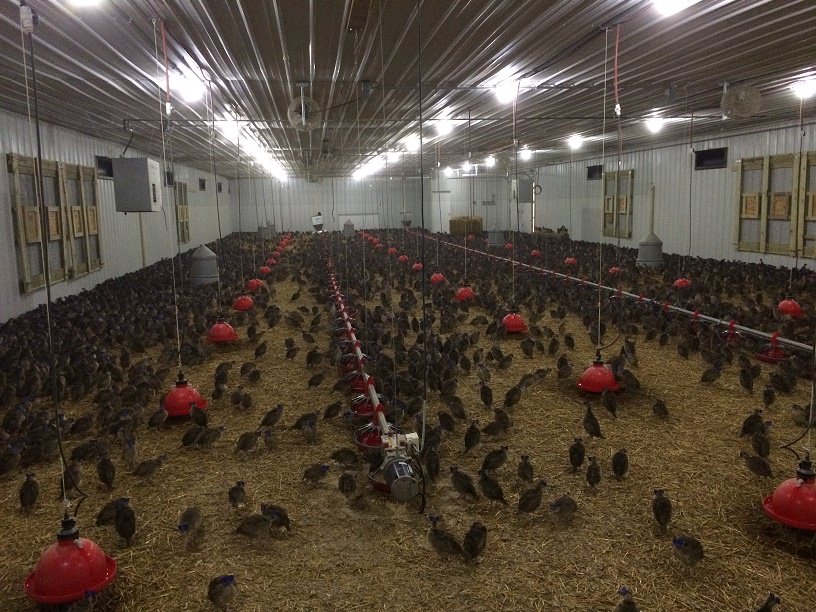
Barn Maintenance at MacFarlane Pheasants’ Milton Farm
Read Post
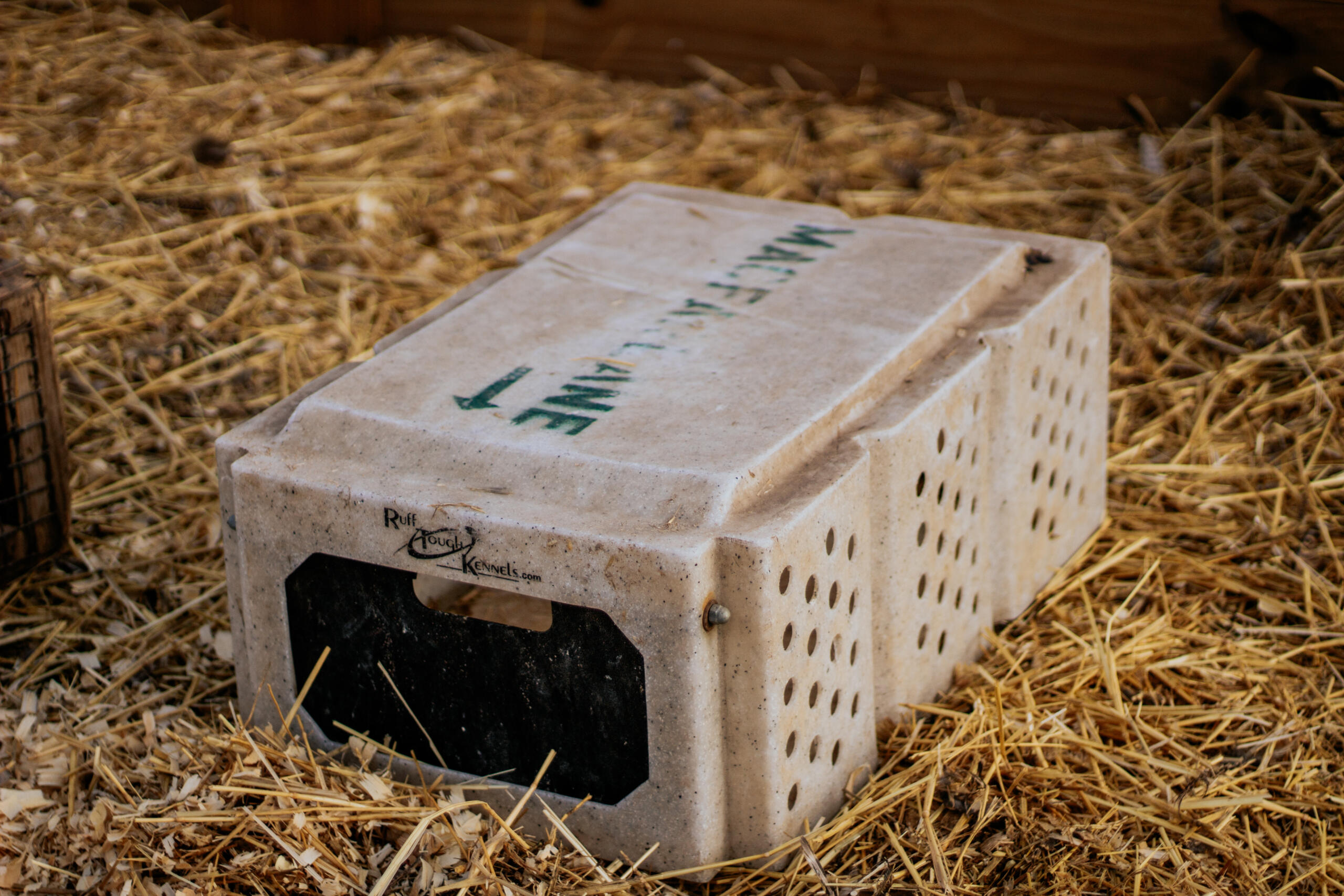
Choosing the Best Bedding for Pheasants and Game Birds
Read Post
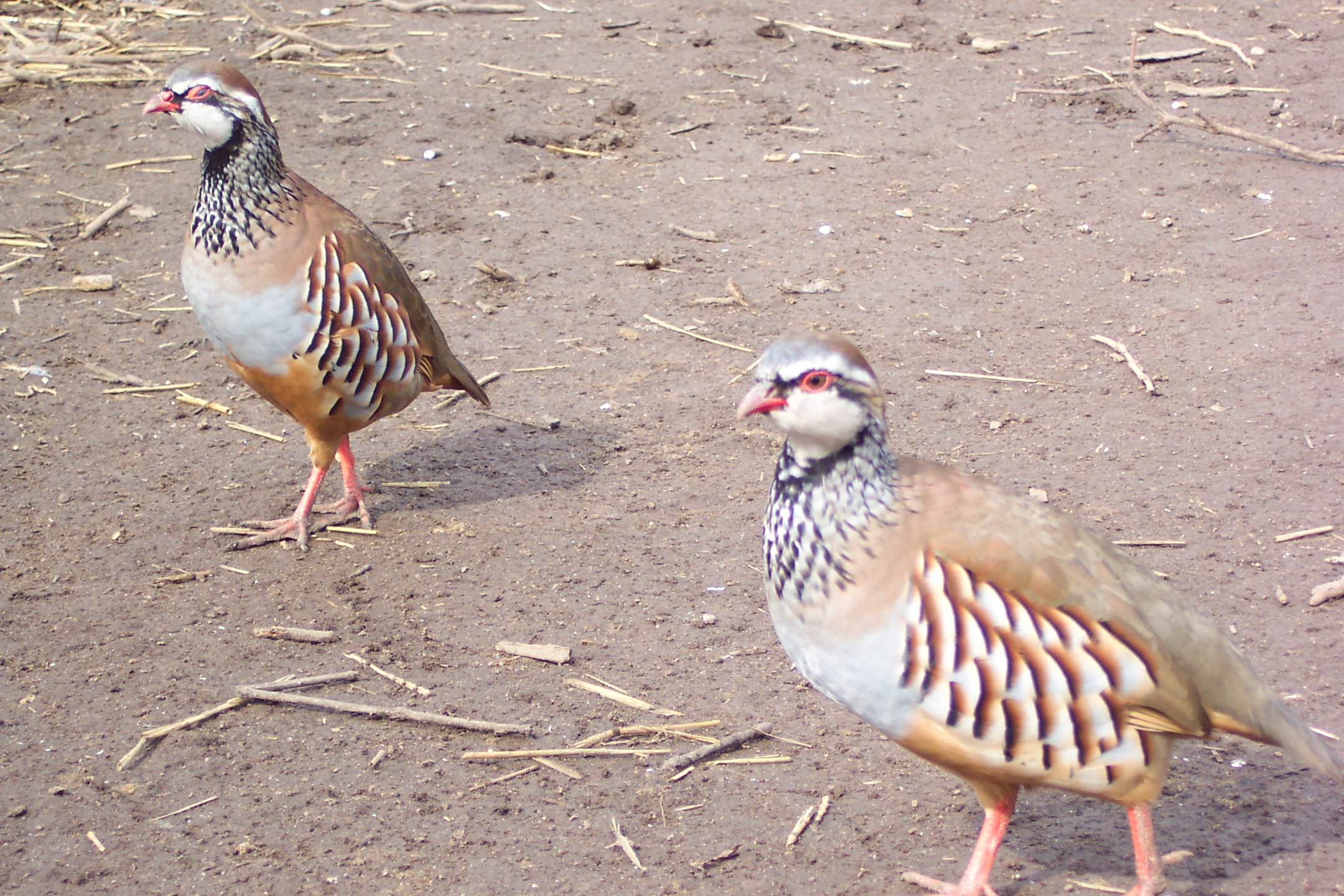
Birds On Top of Birds: Preventing Piling with Partridge Chicks
Read Post
Take Advantage of These Free Resources
As the biggest game bird farm in the United States, we want to share our experience with you. Download our free resources below and get started.


